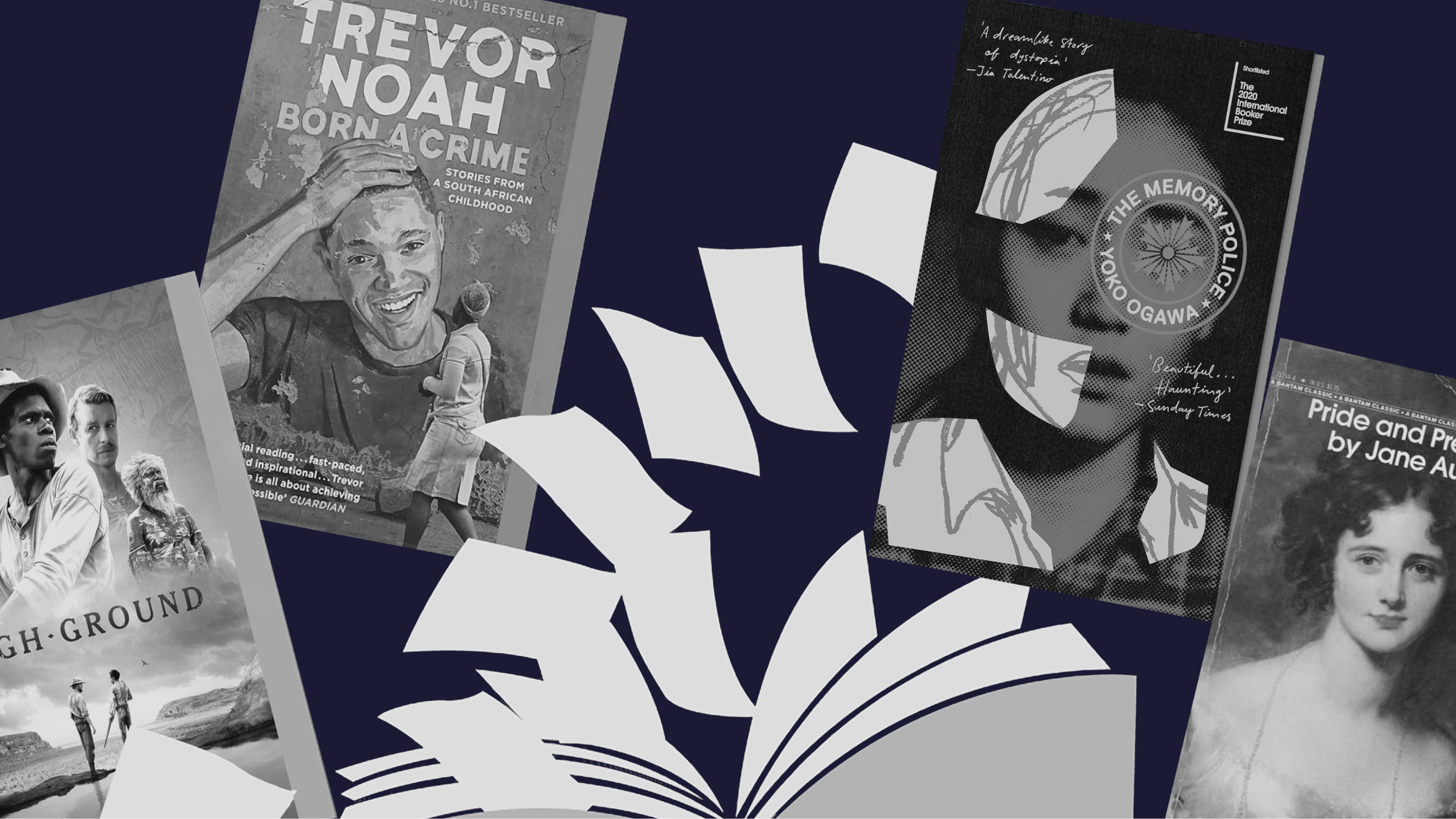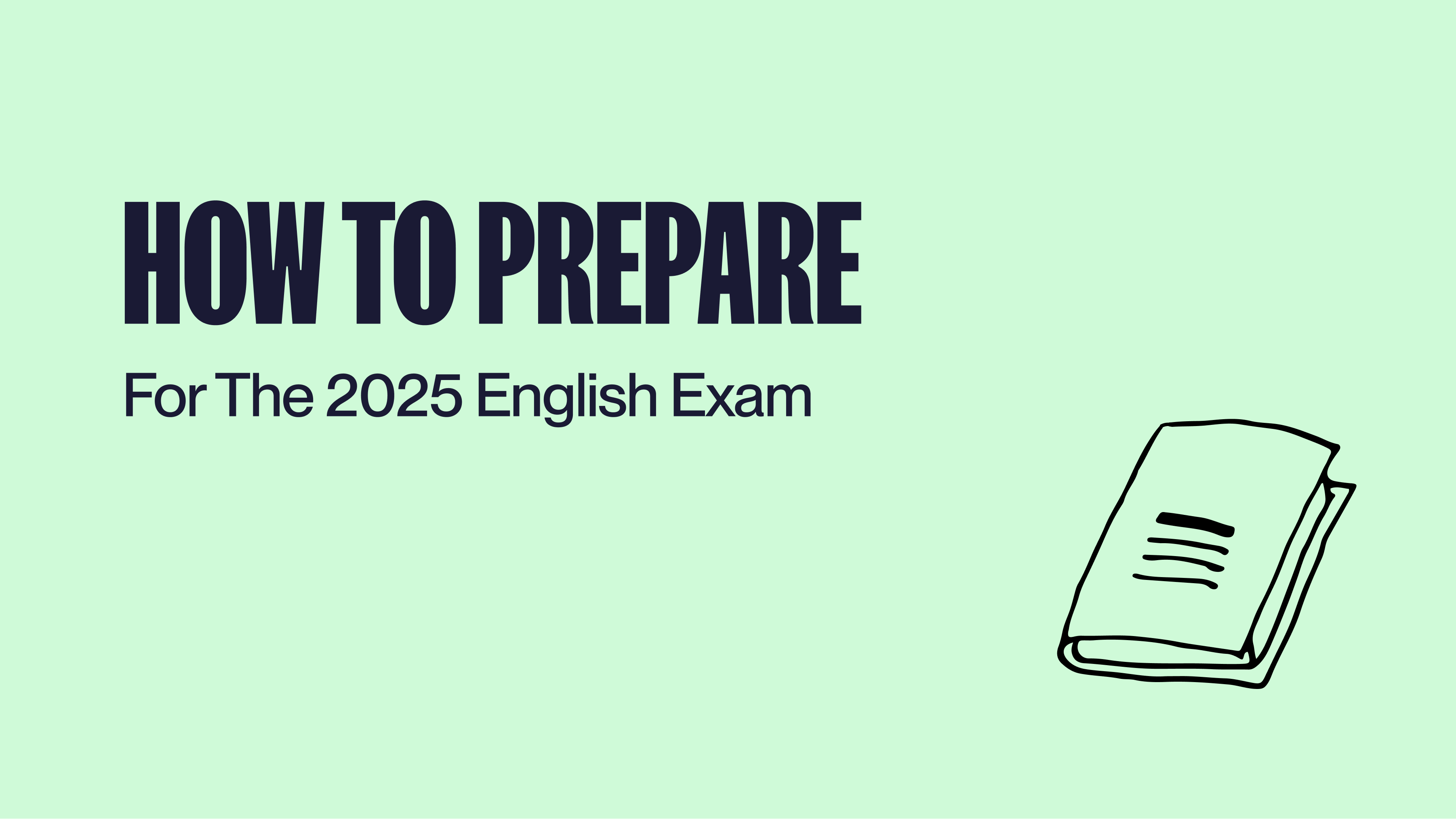
An Ultimate Guide to Analysing Plays
Drama differs from other literary genres–it relies more on dialogue and characters than the plot or mere word choice. For those who are analysing plays for the end of year exam, this guide is for you – featuring everything from general tips, dramatic techniques to sample paragraphs.
General tips
Before diving into the theatrical elements and paragraph structures, here are some general tips you may find useful when working with plays.
Firstly, watch the play almost as much as you read the book. Take note of the timely entrances and exits, who is silent on stage during heated conversation, how blocking and stagecraft allow the playwright to show the audience everything, or selective things, and the list goes on.
Secondly, consider context. As with every text you analyse in literature, considering context is important so that we do not form interpretations that are anachronistic. For example, the things we deem as problematic in our modern society may have been deemed extremely progressive 30, 60, 300 years ago. Therefore, to consider the views and values of a playwright, we must consider how their play would have been received at the time it was written for.
Thirdly, take note of setting and stagecraft. Pay attention to who often talks to whom, the props that are present, the costuming (if relevant) and the actions of the characters
Fourthly, know minor characters well. One way to tell if you truly know your text deeply and thoroughly is to be able to deeply analyse a minor character and their purpose and significance in the text. Collate quotes, actions and moments for these characters as they all ultimately play a part in forming the story
Lastly, create your technique “skeletons”. Collate literary techniques and play-specific techniques and attach potential purposes and views and values to them with well-written sentences. This way, you have wording and vocabulary to call upon during your SAC or exam that conveys an accurate explanation and analysis of evidence
Table of techniques and their various functions
What to consider (a few examples):
- Lexical/Figurative techniques
- Phonetic techniques*
- Stagecraft
- Setting
- Entrance and Exits
- Minor characters
- Harking back (to previous parts of the play)
- Forewarning
- Character contrasts + developments
- The type of speech (dialogue, monologue, aside)
- The formatting of speech (prose, iambic pentameter etc.)
- Silences on stage
- Props
* When mentioning the phonetic techniques (i.e techniques relating to sound), remember to link it back to how it relates to the words it is conveying. Phonetic techniques will not (most of the time) create meaning just on its own and will therefore act as an emphasis for the lexical techniques.
IMPORTANT TIP: When analysing plays, it is important to remember that it is a play. It is watched, and witnessed by the audience rather than read in a book. In plays, the dialogue carries the bulk of the story and the life of the play. Playwrights cannot rely on narrators and internal thoughts, so they reveal the interiority of the characters in other ways which means costuming, subtle metatheatricality, and asides, which are all significant in analysing plays.
How to consider audience
Understanding how an audience responds to the text—and at a higher level– various language features can set you apart. However, this is easier said than done. To fully unpack this in your analysis, ask yourself:
How does the setting immerse the audience?
Example from Othello: The totality of darkness is reinforced by the nighttime setting of the passage, where the characters are enfolded by the dimness of night that makes the grim despair tangible to the Elizabethan audience.
How does blocking and stagecraft impact what the audience can see, but not the characters?
Example: If certain characters have asides while having a conversation with another character, this means the playwright is intentionally allowing the audience to witness this moment which creates a sense of intimacy and reveals interiority.
How does context impact how the audience receives certain ideas?
This is especially relevant for adaptations and transformations where you will also consider how time can reframe certain ideas (e.g. make them seem more or less progressive than in the past)
Creating main ideas
In your journey to study and understand your play, a good way to help see how several passages all contribute to becoming part of one story is to create frames and ideas. This means breaking down the play into 3-6 central views and values that the author is conveying. This should allow you to look at any passage and slip into one of these frames to help guide your embedding of external quotes and contextualising within the text as a whole. These frames should ALL link to your overall interpretation of the text so that they can be linked together as your different paragraphs (i.e one paragraph looks at one frame)
NOTE: These ‘frames’ should not be there to limit you, but to help focus your analysis rather than have a random selection of evidence.
Example - Uncle Vanya
Overall interpretation- Chekhov in Uncle Vanya endorses self-awareness of one’s life in his scrutinization of a good life and a wasted life.
Writing your analysis
Let’s take a look at these two examples of analysis for a passage extracted from Chimerica:
EXAMPLE #1
Joe is selfish as he “profited from” Zhang Lin and “failed him” by taking advantage of his “hospitality… gifts… friendship”. Thus, through Joe and Zhang Lin’s friendship, Kirkwood elucidates Joe’s lack of loyalty and devotion to his relationships.
EXAMPLE #2
The anaphora in “his hospitality and his gifts and his friendship” crafts an iterative, persistent rhythm that emphasises Zhang Lin’s loyalty to Joe. In contrast, Joe is bestowed with a self-serving lexical field of “took”, “profited”, “failed”. It is through this contrast of Zhang Lin’s devoted generosity and Joe’s neglect that Kirkwood endorses selflessness and thoughtful effort in relationships.
There are a few things to note about the second one that make it significantly more accurate and in line with close analysis-
The use of techniques: Rather than just quoting “hospitality… gifts… friendship” like in example #1, #2 describes how the technique of anaphora is what helps emphasise meaning and evoke certain thoughts and feelings in the audience.
A views and values statement: Unlike how #1 talks about what Kirkwood reveals about Joe (a character), #2 talks about what Kirkwood actually reveals about the world and her beliefs (i.e his her views and values!)
Careful word choice: Unlike how #1 incorrectly uses the verb “elucidates”, #2 carefully chooses a simple words verb that is accurate (“endorses”)
Depending on the text, you will either want to mainly link your evidence and explanations to either a significance statement or a views and values statement. Either way, this should be clear in your response with the use of words relating to significance (eg. importance, pivotal, vital) for a significance claim, and the use of active verbs and the author’s name for views and values statements.
Sample VCE Literature response:
Take a look at this sample response for the play Othello. The first response is a perfect-scoring Section A exam response, and the second is a 19-20/20 SAC response.
Developing interpretations
This passage is significant as the beginning of the play’s denouement, where Shakespeare conveys the totality and inexorability of Othello’s tragedy. In this notable scene, Othello’s repetition of “put out the light and then put out the light” reinforces the inevitability of this play’s looming darkness. The totality of darkness is reinforced by the nighttime setting of the passage, where the characters are enfolded by the dimness of night that makes the grim despair tangible to the Elizabethan audience.
Othello’s repetition of “It is the cause” reinforces this inevitable tragedy as an event propelled by unnameable forces. Furthermore, his invocation of “you, you chaste stars” suffuses his prospective murder with a celestial power. The divine lexical field of “heaven and grace” and “heaven forfend!” bestows Othello’s anticipated mursder with a quality of sacred destiny, one that becomes preordained by a cosmic vastness. Thus, Shakespeare in this noteworthy passage bolsters the ineluctability of this play’s tragedy.
This passage is also significant in its final, conclusive construction of Desdemona’s loyalty and “virtue”. Her consistent use of the titular honorific “my lord” underpins her respect and faithfulness to Othello, compounding a brutal dramatic irony within the audience in the construction of Desdemona as an “exquisite”, gentle wife. She consistently completes Othello’s iambic pentameter, enfolding his plans of “killing” with an invocation of the sacred in “Then heaven”. It is through her unwavering
adherence to virtue, and her hope of the divine amidst violent tensions that Shakespeare reinforces her “chaste”, “sweet” nature, thus foregrounding the injustice of her death in these moments that precede it. Thus, in this notable passage, Shakespeare allows Desdemona’s kindness to reach its zenith, and with it, the dramatic irony in the Elizabethan audience of her unwarranted demise grows.
Close Analysis SAC
As Iago adopts a “well praised”, eerily stilted syntax, he proclaims the aberrant nature of Desdemona and Othello’s elopement. He betrays the free, unrhymed prose that pervades earlier discourse in the scene, adopting a meticulous, perfectly-rhymed iambic pentameter that forms a syntactic, and therefore social, barrier between him and Desdemona. His restraint of authentic rapport is made a consequence of Desdemona changing “the cod’s head for the salmon’s tail”. Such absurd, animalistic imagery echoes his words earlier in the play of Brabantio having “Jennets for germans”, and “coursers for cousins”, connoting Othello and Desdemona’s miscegenation with a quality of absurd beastiality, producing untamed, absurd offspring. Thus, Shakespeare evinces the potent, endogamous ideals of Venice that render the matrimony of “fair” white and “devilish” black as commensurate with an act of “lascivious” savagery. Iago nurtures their matrimonial chasm with a reversal of gender, ascribing Othello to a feminine quality as “She’ll find a white” Desdemona “That shall [Othello’s] blackness fit”. Such discrete, yet jarring misalignment of their marriage evokes a malaise within the audience and Desdemona herself. The homophone of “white” in “She was a wight, if ever such a wight were” questions Desdemona’s place in “white” homogenous Venice, bound by a woeful “w” that laments the societal loss of her “divine” self in the “gross clasps” of Othello. The distorted description evokes an eerie discomfort within the audience, and Desdemona, as her “fair” nature is diluted by her aberrant marriage. Indeed, Iago casts Desdemona to a self-chosen alterity and ostracisation that “the Moor” is subjected to, deeming his Otherness as contagious. Thus, Shakespeare exposes the rigid endogamous ideals of Venice that warrant the conventional debasement of its betrayers.
Click here to view the annotated version of these sample paragraphs.



